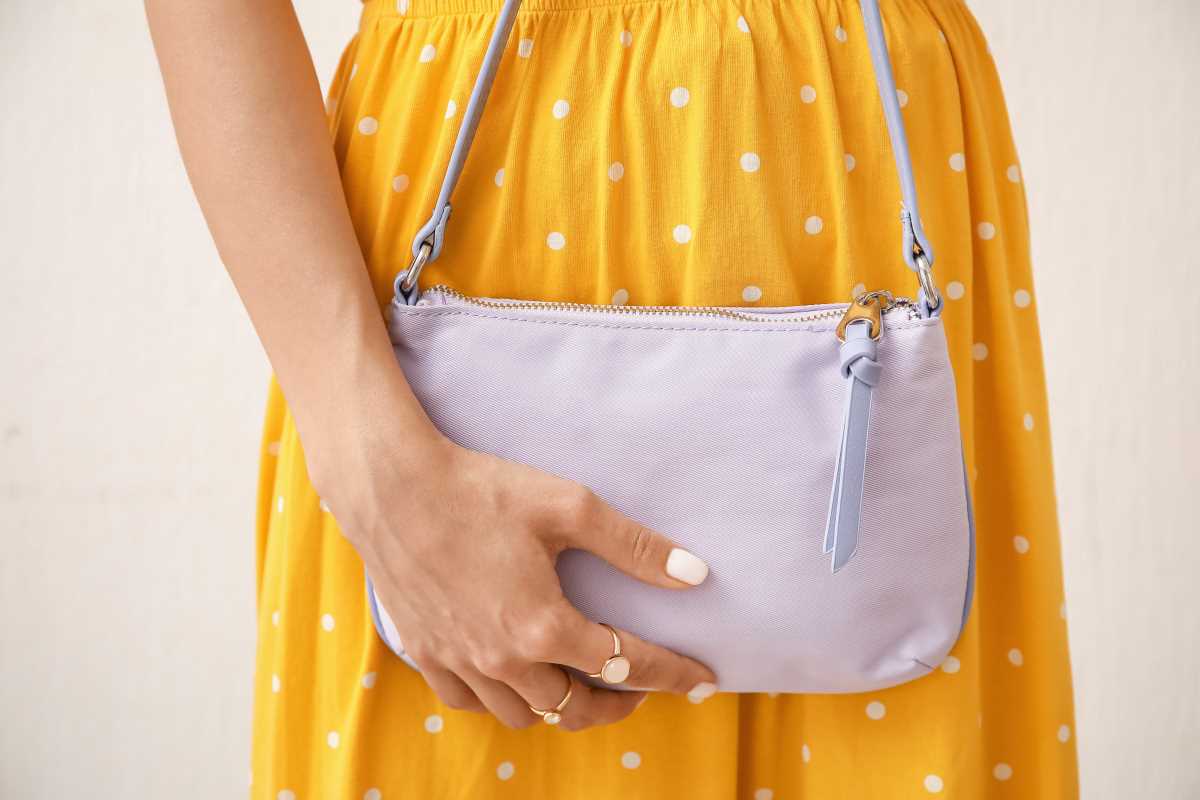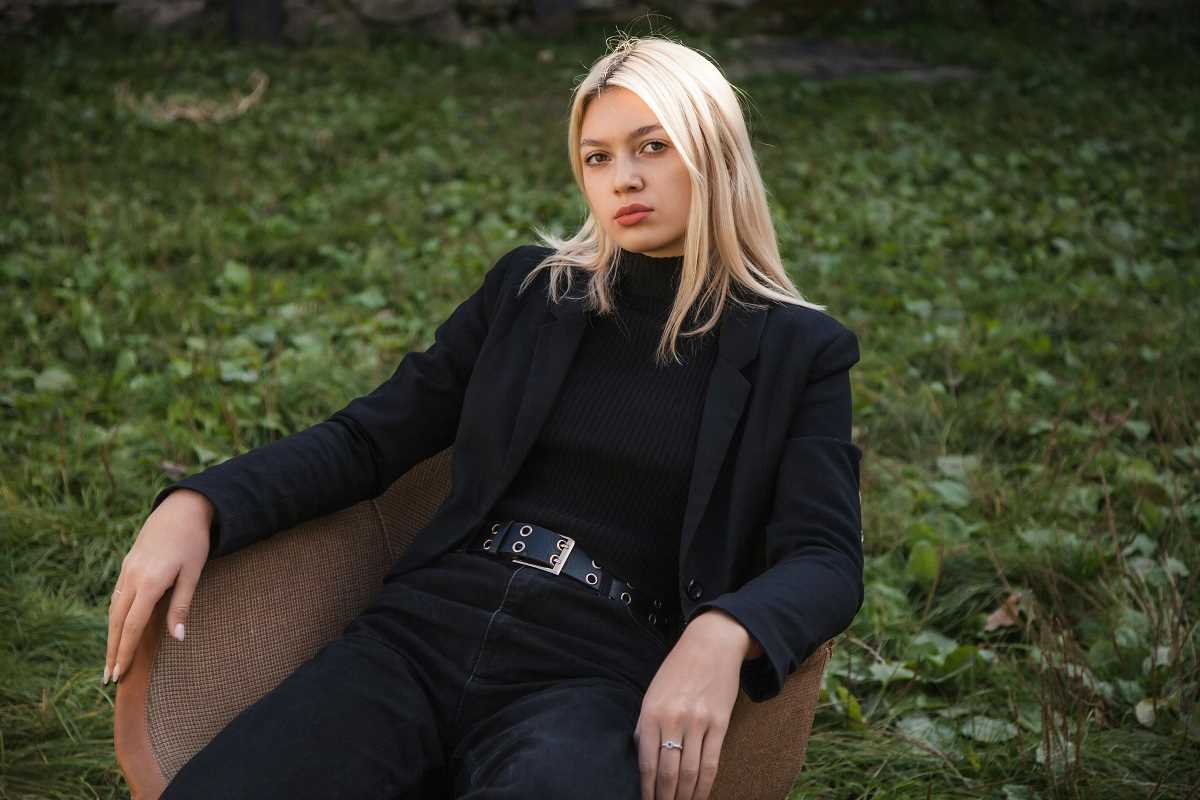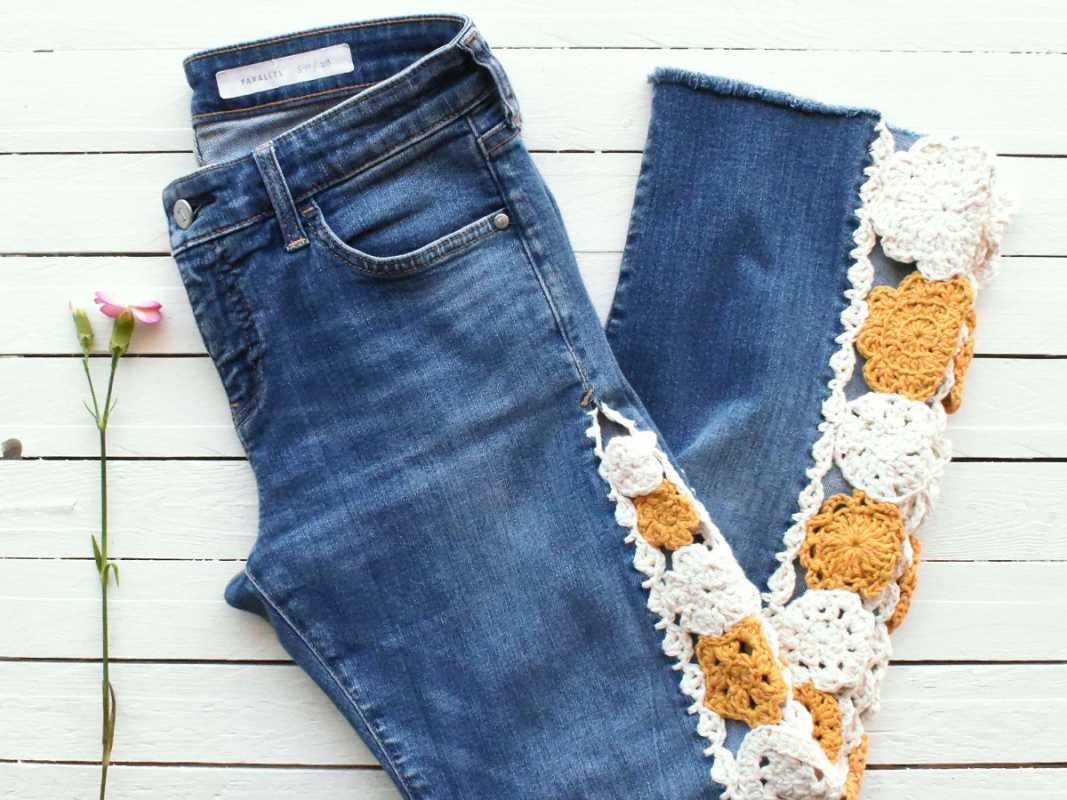When you think of fashion, prints and patterns are probably some of the first things that come to mind. Among the most vibrant and culturally rich are Afrocentric prints, which have taken the world of fashion by storm. These bold, colorful designs do more than just look stunning—they carry deep meanings, tell powerful stories, and represent a proud heritage. Today, we’re taking a closer look at Afrocentric prints, their origins, their cultural significance, and how they’ve influenced global fashion trends.
The Origins and Cultural Significance of Afrocentric Prints
Afrocentric prints are more than just a style choice. They represent centuries of African history, culture, and identity. Prints like Ankara, Kente, and Dashiki are some of the most recognizable, and each has its own unique story.
1. Ankara Prints
Ankara fabrics are known for their vibrant, colorful patterns and wax coating. Although the printing technique itself has roots in Dutch textile traditions, Ankara quickly became a staple in African fashion due to its bold aesthetic and durability. These prints often feature repetitive geometric designs and are used to create everything from dresses to headwraps.
Each Ankara print can carry symbolic meaning. For example, some patterns might represent unity, love, or prosperity. For many people across Africa, wearing Ankara is about pride in their culture and connection to their roots.
2. Kente Cloth
Kente cloth hails from Ghana and is one of the most iconic symbols of African heritage. Originally made by the Ashanti people, Kente is handwoven in bright colors and intricate patterns. Each color in a Kente design has a specific meaning. For instance, gold symbolizes wealth, green represents growth, and black stands for unity and maturity.
Kente cloth was traditionally worn by royalty and for special occasions, symbolizing status, power, and history. Today, however, it’s embraced by people around the globe as a way to honor African culture.
3. Dashiki Prints
The Dashiki is both a traditional garment and a popular print. Originating in West Africa, Dashiki prints are known for their symmetrical, elaborate designs that often surround the neckline of loose-fitting shirts or dresses. The Dashiki gained global recognition in the 1960s and 70s, aligning with the civil rights movement and the rise of Pan-African pride in the United States.
Much like Ankara and Kente, Dashiki prints are not just beautiful—they represent culture, history, and the values of community and resistance.
Rise of Afrocentric Prints in Global Fashion
Afrocentric prints initially thrived in African communities, but over the past few decades, they’ve made a major impact on global fashion. The rise of Afrocentric prints in modern design can be attributed to cultural appreciation, increased representation, and the growing influence of African and African-American designers shaping the conversation around individuality and identity.
The bright, eye-catching nature of Afrocentric prints has been embraced by fashion lovers all over the world. From red carpets to runway collections, it’s clear these prints have transcended their roots to inspire a cultural exchange.
1. Designers Celebrating Afrocentric Prints
Fashion designers around the world have embraced Afrocentric prints in their collections, paying homage to their origins or introducing them to new audiences in fresh, innovative ways.
- Stella Jean is a Haitian-Italian designer who is known for incorporating bold Afrocentric prints into her work. Her designs often mix traditional African patterns with European tailoring, which results in a modern, multicultural blend. Stella frequently collaborates with African artisans to ensure her fabrics are both authentic and ethically sourced.
- British-Ghanaian tailor Ozwald Boateng has built a reputation for his luxurious men’s suits. While many of his creations feature classic styles, he often incorporates African-inspired prints into his designs, showcasing Kente patterns on jackets or suit linings. Boateng’s work is the perfect example of how Afrocentric prints can be fused with contemporary fashion.
- Nigerian designer Lisa Folawiyo is celebrated for turning traditional Ankara fabrics into high-fashion pieces. Her collections include vibrant dresses and separates that are equal parts cultural and cutting-edge. Lisa Folawiyo’s work proves that Afrocentric prints can hold their own in the world of couture.
- Before his untimely passing, Virgil Abloh often uplifted elements of African culture in his work. The Senegalese-American designer reimagined streetwear and luxury fashion by reflecting parts of his identity, including experimenting with bold patterns influenced by Afrocentric designs.
2. Brands Inspired by Afrocentric Prints
It’s not just independent designers who are paying attention to Afrocentric prints—major brands have hopped on the trend as well. Brands like Zara and H&M have included Afrocentric-inspired patterned collections, although not without criticism surrounding cultural appropriation. This raises an important conversation about respecting the origins of these designs and empowering the communities they come from.
3. Hollywood and Red Carpet Moments
Celebrities have played a big role in bringing Afrocentric prints into the global spotlight. For example, Beyoncé famously wore Kente-inspired patterns in her groundbreaking visual album Lemonade. Lupita Nyong’o, too, has often showcased designers who use Afrocentric prints on red carpets, shining a light on African craftsmanship.
One of the most iconic moments in Afrocentric fashion came with Marvel's Black Panther. The movie's costume designer, Ruth E. Carter, drew heavily on traditional African garments and patterns to create looks inspired by a futuristic Wakanda. This sparked a massive appreciation for African fashion and led to an increase in the use of Afrocentric prints in mainstream fashion.
Incorporating Afrocentric Prints Into Everyday Fashion
One of the greatest things about Afrocentric prints is how versatile they are. Whether you prefer bold statements or subtle touches, there’s a place for these designs in your wardrobe. Here’s how to make Afrocentric prints work for your style.
- Start Small: If you’re new to wearing prints, start with accessories. A vibrant headwrap, scarf, or crossbody bag in an Ankara or Kente pattern can add just the right amount of flair to a simple outfit.
- Pair with Neutrals: To make the bold colors and patterns pop, pair Afrocentric prints with neutral pieces like white blouses, black trousers, or beige skirts. This keeps the look balanced but still striking.
- Mix Patterns for a Bold Look: For those who love to experiment with fashion, try mixing Afrocentric patterns with other prints. Polka dots, stripes, and florals can actually complement Ankara or Dashiki designs in unexpected ways.
- Customized Pieces: Afrocentric prints work beautifully for tailored pieces like dresses, trousers, or jackets. Many African designers and tailors create custom outfits from prints of your choice, ensuring a perfect fit and unique style.
- Support Local and Ethical Brands: Whenever possible, purchase Afrocentric designs from African creators or brands that source their materials responsibly. This ensures your purchases uplift the communities and traditions behind the prints.
What makes the rise of Afrocentric prints in global fashion so meaningful isn’t just the stunning designs—it’s the stories behind them. These prints carry the history of African resilience, creativity, and pride. They remind us of the beauty of diversity and the importance of representation in an industry that often sidelines non-Western narratives.
The increased visibility of Afrocentric prints in high fashion means more opportunities for African designers and artisans to share their gifts with the world. It’s a step toward celebrating the richness of global cultures while giving credit where it’s due.
.jpg)



.jpg)


